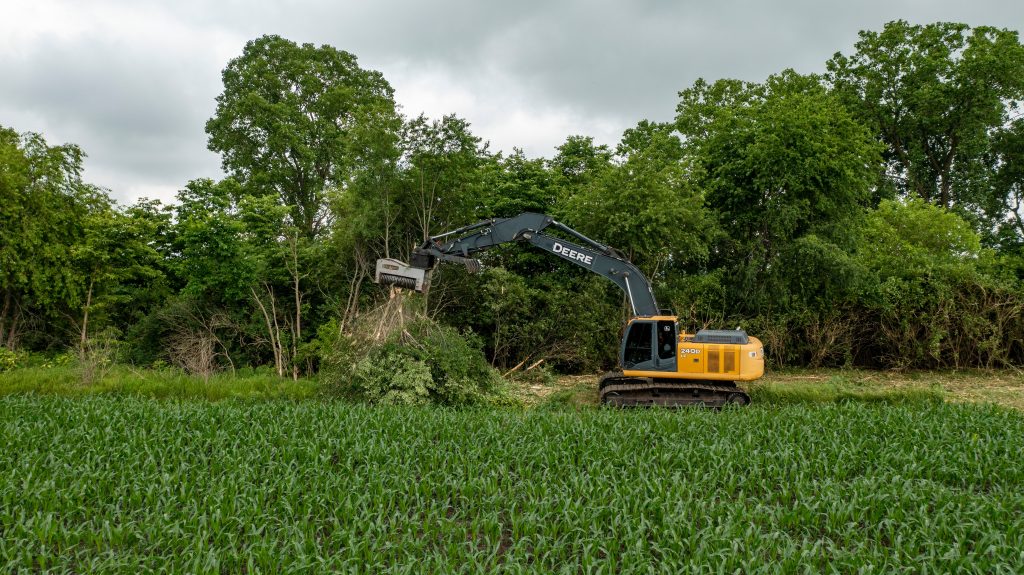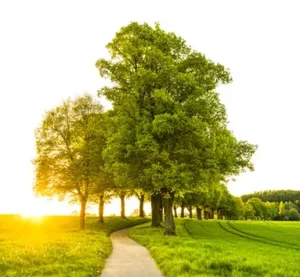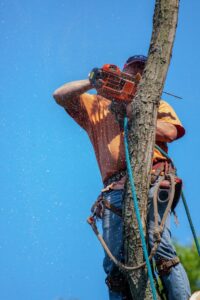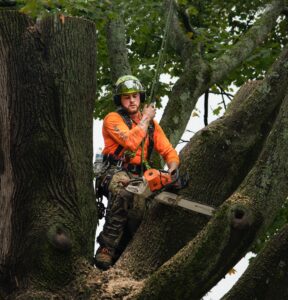Who provides liability insurance for tree service?
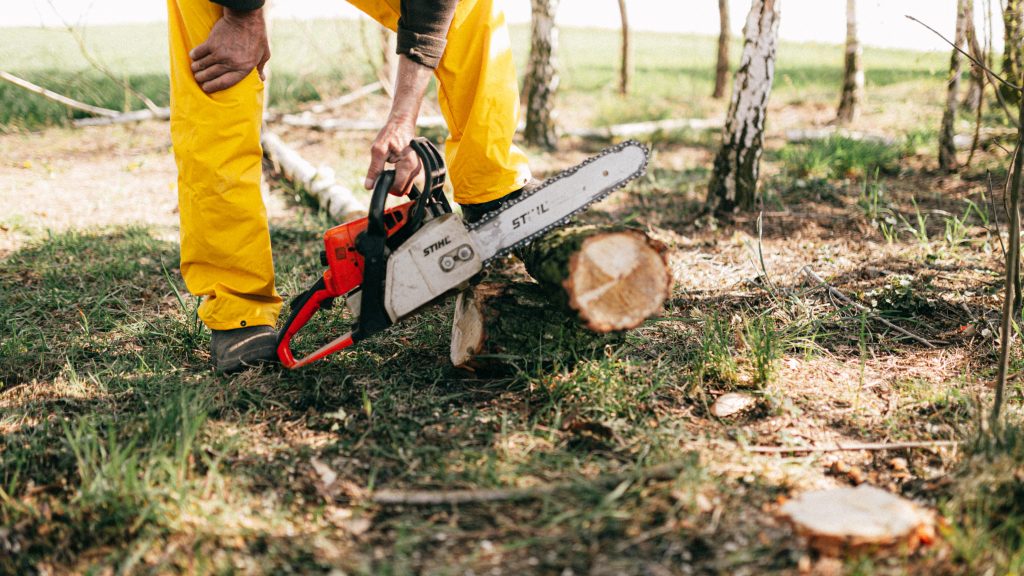
Tree service is a crucial aspect of maintaining a safe and beautiful environment. However, it involves certain risks that can lead to property damage, personal injuries, or even legal liabilities. As a result, tree service businesses, arborists, and tree care professionals must protect themselves and their clients by acquiring appropriate insurance coverage. In this comprehensive article, we will explore the various types of insurance relevant to tree service businesses, the authorities involved in the decision-making process, and the importance of liability insurance in safeguarding against potential risks.
General Liability Insurance for Tree Service
General liability insurance is one of the most fundamental types of insurance for tree service companies. This coverage protects against third-party bodily injury and property damage claims resulting from tree work operations. Whether a tree service accidentally damages a neighboring property or injures a passerby during work, general liability coverage steps in to provide financial protection for the business and the affected parties.
Professional Liability Insurance
Arborists and tree care professionals often face complex tree service projects that require specialized knowledge and expertise. Professional liability insurance, also known as errors and omissions insurance, protects these professionals against claims of negligence or errors in their work. If a tree service company makes a mistake that results in damage to a customer’s property or trees, this insurance can cover the costs of compensation and legal expenses.
Workers’ Compensation Insurance
Tree service work involves inherent risks, especially for employees who climb trees or operate heavy equipment. Workers’ compensation insurance ensures that employees receive compensation for injuries or illnesses sustained while on the job. It not only protects employees’ well-being but also shields the tree service company from costly legal disputes related to workplace injuries.
Commercial Auto Insurance
Tree service companies often rely on vehicles to transport equipment and personnel to job sites. Commercial auto insurance provides coverage for the company’s vehicles and drivers in case of accidents or property damage during business operations. Personal auto insurance policies may not cover accidents that occur while using the vehicle for commercial purposes, making commercial auto insurance essential for tree service businesses.
Commercial Property Insurance
Tree service businesses often maintain a range of equipment, tools, and office spaces that need protection against unforeseen events such as theft, fire, or natural disasters. Commercial property insurance ensures that these assets are covered, minimizing financial losses in case of property damage or loss.
Tree Preservation Orders and Conservation Areas
In many countries, local planning authorities may issue tree preservation orders to protect specific trees or groups of trees of importance. These orders may restrict tree removal or dictate specific care measures. Tree service businesses operating in areas with such orders must adhere to the regulations to avoid potential legal consequences.
The Decision-Making Process
When a tree service company plans to work in a conservation area or on a property with tree preservation orders, it must obtain the necessary consent from the local planning authorities. This process typically involves submitting an application detailing the proposed tree work, including any tree removal or replacement.
The Role of Forestry Commission
In some countries, the Forestry Commission or a similar authority plays a significant role in the management and preservation of trees. They may provide guidelines, resources, and references for tree service businesses to follow, ensuring that the work aligns with the country’s tree preservation efforts.
Insurance Companies and Insurers
Numerous insurance companies offer specialized insurance coverage for tree service businesses, arborists, and related professionals. These insurers tailor their policies to meet the specific risks associated with tree work, offering general liability, professional liability, and workers’ compensation coverage, among others.
Premium Costs and Coverage
The cost of insurance coverage for tree service businesses varies depending on various factors, such as the size of the business, the number of employees, the types of services provided, and the location. It is essential for business owners to assess their specific needs and consult with insurance professionals to determine appropriate coverage limits and premium costs.
Conclusion
Liability insurance is a critical aspect of running a tree service business responsibly and ethically. By understanding the different types of insurance coverage available and the authorities involved in the decision-making process, tree service companies can protect themselves, their employees, and their clients from potential risks and legal liabilities. Investing in comprehensive insurance coverage is not only a legal requirement in many cases but also a proactive measure to ensure the long-term success and sustainability of the tree service industry.
Murray is a city situated on the Wasatch Front in the core of Salt Lake Valley in the U.S. state of Utah. Named for territorial governor Eli Murray, it is the state's fourteenth largest city. According to the 2020 census, Murray had a population of 50,637.
Murray shares borders with Taylorsville, Holladay, South Salt Lake and West Jordan, Utah. Once teeming with heavy industry, Murray's industrial sector now has little trace and has been replaced by major mercantile sectors. Known for its central location in Salt Lake County, Murray has been called the Hub of Salt Lake County. Unlike most of its neighboring communities, Murray operates its own police, fire, power, water, library, and parks and recreation departments and has its own school district. While maintaining many of its own services, Murray has one of the lowest city tax rates in the state.About Murray, Utah
Murray Oakes, Grant Park, Southwood Park, Murray Park, Murray Park Restrooms, Willow Pond Park, Neighborhood Veterinary CareNeighborhoods in Murray, Utah
Things To Do in Murray, Utah
Bus Stops in Murray, Utah to Truco Services, Inc.
Bus Stop in Murray Central Station (Bay C) Murray, Utah to Truco Services, Inc.
Bus Stop in State St @ 4801 S Murray, Utah to Truco Services, Inc.
Bus Stop in Murray North Station Murray, Utah to Truco Services, Inc.
Bus Stop in State St @ 4949 S Murray, Utah to Truco Services, Inc.
Bus Stop in Murray Central Frontrunner/Trax Station Murray, Utah to Truco Services, Inc.
Bus Stop in Murray Blvd / Vine St (SB) Murray, Utah to Truco Services, Inc.
Bus Stop in State St @ 3925 S Murray, Utah to Truco Services, Inc.
Bus Stop in State St @ 4824 S Murray, Utah to Truco Services, Inc.
Bus Stop in State St @ 5223 S Murray, Utah to Truco Services, Inc.
Bus Stop in Murray Blvd / Allendale Dr (NB) Murray, Utah to Truco Services, Inc.
Bus Stop in Murray Blvd @ 5039 S Murray, Utah to Truco Services, Inc.
Bus Stop in State St @ 4721 S Murray, Utah to Truco Services, Inc.
Driving Directions in Murray, Utah to Truco Services, Inc.
Driving Directions from Woodruff Tree Trimming and Removal to 4640 Commerce Dr, Murray, UT 84107, USA
Driving Directions from Reliable Tree Care to 4640 Commerce Dr, Murray, UT 84107, USA
Driving Directions from Tree Pro-Tech to 4640 Commerce Dr, Murray, UT 84107, USA
Driving Directions from Prestige Tree And Landscape to 4640 Commerce Dr, Murray, UT 84107, USA
Driving Directions from Excellence Tree & Landscape to 4640 Commerce Dr, Murray, UT 84107, USA
Driving Directions from Amen Trees to 4640 Commerce Dr, Murray, UT 84107, USA
Driving Directions from Tim's Tree Care to 4640 Commerce Dr, Murray, UT 84107, USA
Driving Directions from Jordan Tree Service - Murray to 4640 Commerce Dr, Murray, UT 84107, USA
Driving Directions from Arbor Works to 4640 Commerce Dr, Murray, UT 84107, USA
Driving Directions from Diamond Tree Experts to 4640 Commerce Dr, Murray, UT 84107, USA
Driving Directions from Green Tree Arborist to 4640 Commerce Dr, Murray, UT 84107, USA
Driving Directions from TruCo Services to 4640 Commerce Dr, Murray, UT 84107, USA
We had a great experience with TruCo! They were well priced, responsive and prompt. Michael was a pleasure to work with and gave us advice on which plants to put in where we took out our ugly old shrubs. I would highly recommend this company!!! TruCo Services gets 5 stars from us for customer service. We experienced a few issues with their services this last year and Rob Eccles in senior management, stepped in and immediately handled our issues. He was very committed to making sure they understood our expectations and would execute to make us happy. I work for a property management company and have the pleasure of working with Rob at a community in Sandy. He has been incredible to work with and always responds in a timely manner. He knows all the homeowners by name and address and is aware of all the "problem" areas when it comes to sprinklers. I never have to worry about following up with him because he always reaches out to provide me with an update. If you're looking to work with someone who takes pride in their job, is professional, and can solve the worst landscaping problems thrown your way, Rob is your guy. Thank you, Rob for all you do! We have used Truco at 2 of the complexes we manage, they have been great to work with. Good quality service, outstanding customer service with good communication. That's hard to find these days. I highly recommend them. Travis has been awesome to work with. We use TruCo for a majority of our properties and our home. While other landscaping companies we use come and go for various reasons like cost, communication issues, work performance, etc., TruCo is always consistent in price and work. Also, Rob is the best.Reviews for Truco Services, Inc. Murray, Utah
Emily Abercrombie
Michelle Turpin
Siobhan Billingsley
Jaime S.
Jerusha Smart
